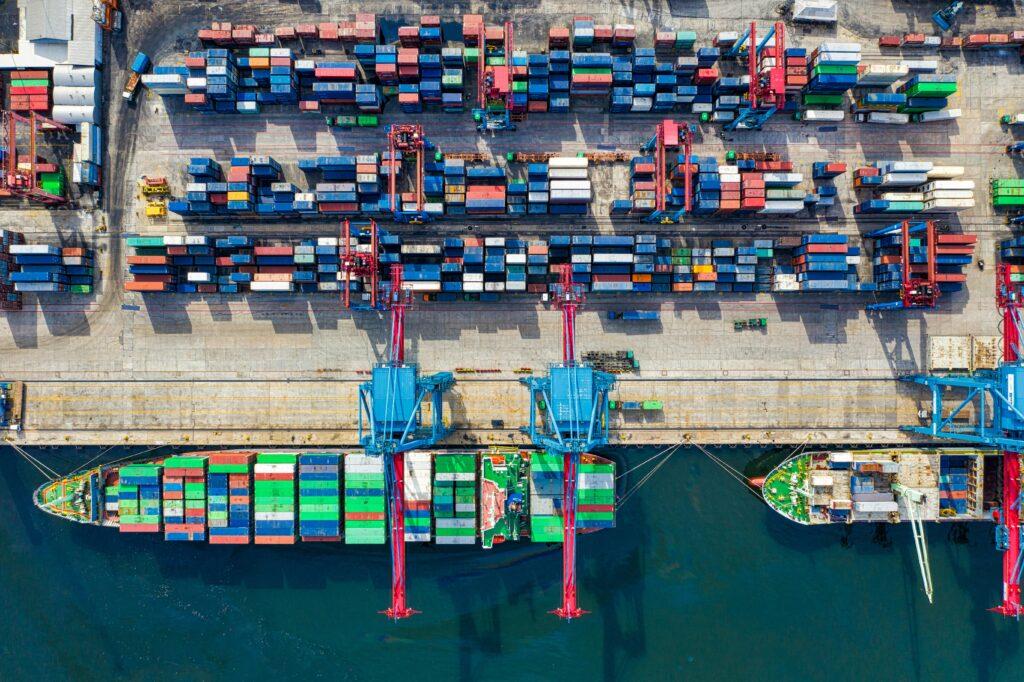Introduction:
Efficient supply chain management is essential for importers sourcing agricultural products from India. A streamlined and optimized supply chain enables importers to reduce costs, improve lead times, and enhance overall operational efficiency. In this article, we’ll explore strategies for importers to optimize supply chain efficiency when sourcing agricultural products from India.
Map Out the Supply Chain:
Start by mapping out your supply chain to gain a comprehensive understanding of the entire sourcing process from start to finish. Identify all stakeholders, including suppliers, logistics providers, customs brokers, and distribution partners, and document their roles and responsibilities. By visualizing the flow of goods and information, importers can identify bottlenecks, inefficiencies, and opportunities for optimization.
Streamline Procurement Processes:
Streamline procurement processes to optimize efficiency and reduce lead times. Implement standardized procedures for sourcing, ordering, and vendor management to minimize administrative overhead and ensure consistency. Leverage technology solutions such as procurement software, electronic catalogs, and vendor portals to automate manual tasks, streamline communication, and improve visibility throughout the procurement process.
Invest in Inventory Management:
Invest in robust inventory management systems to optimize inventory levels and minimize stockouts and excess inventory. Implement demand forecasting techniques to anticipate customer demand and adjust inventory levels accordingly. Utilize inventory optimization tools and techniques such as ABC analysis, safety stock calculations, and just-in-time inventory management to optimize inventory turnover and reduce carrying costs.
Enhance Transportation and Logistics:
Enhance transportation and logistics operations to improve efficiency and reduce transportation costs. Collaborate with logistics partners who have expertise in handling agricultural products and access to reliable transportation networks. Utilize freight consolidation, route optimization, and multimodal transportation solutions to minimize transit times and maximize cost savings. Leverage technology such as GPS tracking, real-time monitoring, and route optimization software to enhance visibility and control over transportation activities.
Implement Lean Supply Chain Principles:
Implement lean supply chain principles to eliminate waste, optimize processes, and improve overall efficiency. Identify and eliminate non-value-added activities, such as excess inventory, overprocessing, and unnecessary transportation, that contribute to inefficiency and increase costs. Implement continuous improvement initiatives such as Kaizen, Six Sigma, and Total Quality Management to drive ongoing improvements in supply chain performance.
Foster Collaboration and Communication:
Foster collaboration and communication among all stakeholders in the supply chain to enhance coordination and efficiency. Establish regular communication channels and facilitate information sharing between suppliers, logistics providers, and other partners. Encourage cross-functional collaboration and problem-solving to address issues and optimize processes collaboratively. By fostering a culture of collaboration and communication, importers can align the efforts of all stakeholders towards common goals and drive continuous improvement in supply chain performance.
Conclusion:
Optimizing supply chain efficiency is essential for importers sourcing agricultural products from India to remain competitive in today’s global marketplace. By mapping out the supply chain, streamlining procurement processes, investing in inventory management, enhancing transportation and logistics, implementing lean supply chain principles, and fostering collaboration and communication, importers can streamline operations, reduce costs, and improve overall efficiency. With a strategic approach to supply chain optimization, importers can unlock new opportunities for growth and success in the agricultural sector.

